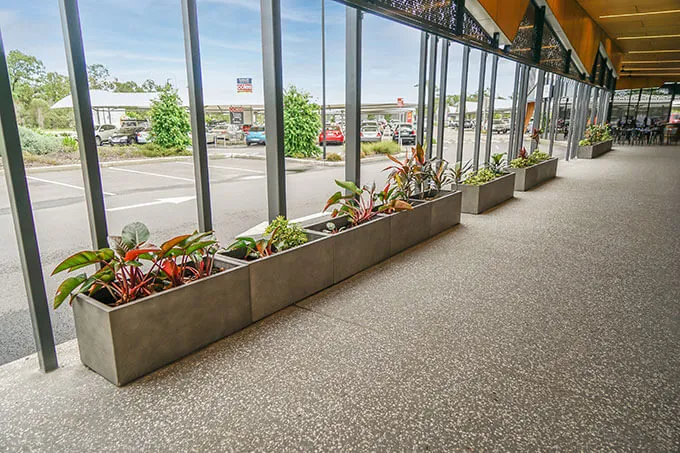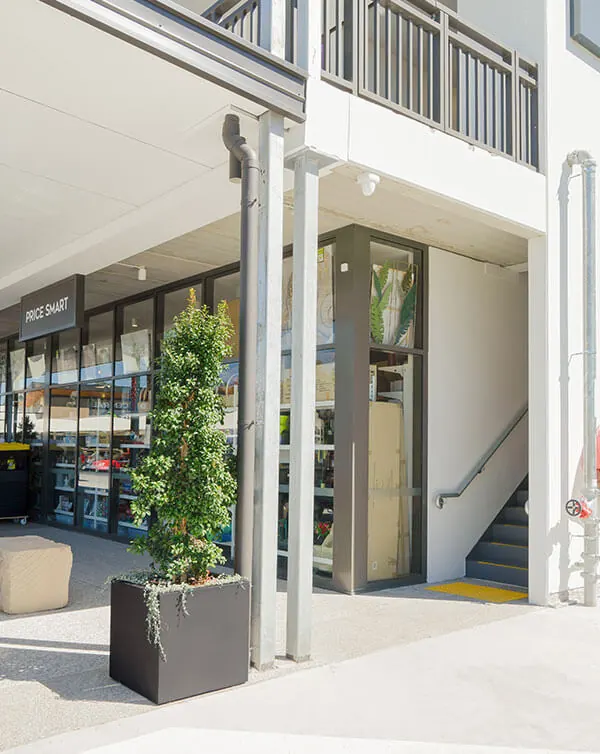How Pots and Planters Create Outdoor Atmosphere
Pots and planters are a crucial part of the journey through the art and psychology of outdoor design. They are essential brushstrokes on the canvas of our environments, shaping the essence and feel of outdoor spaces with their colors and forms.
Imagine entering a garden or urban space where every detail contributes to an invisible dialogue between nature and architecture. This is where the magic of pots and planter design comes into play. By choosing the right colors and shapes, designers do not merely decorate; they evoke feelings, influence moods, and guide perceptions in subtle yet impactful ways.
Let’s look into how the thoughtful selection of pots and planters can transform outdoor areas, tapping into the principles of psychology to unlock the full potential of these versatile design elements. Let’s uncover how planters can enhance our engagement with outdoor spaces, creating environments that speak to the senses and uplift the spirit.
The Psychological Implications of Pots and Planters’ Colors
Elevating Spaces with Color
Colors are not just shades; they are storytellers. They influence emotions and transform perceptions of space. Our meticulously selected color palette for pots and planters—comprising off-white, mid-grey, and black—embodies this principle deeply. These choices are far from random. Each hue plays a specific role in design, using the psychology of color to blend serenity or dynamism into outdoor designs.
Take, for instance, the integration of IOTA’s range of black planters in the dynamic urban setting of Karawatha, QLD. Here, the elegant simplicity of black Manhattan Trough Planters complements the industrial vibrance of the Youfoodz Warehouse. This strategic color choice fosters a sense of sophistication and calm, proving that the right hues can enhance and soften a space’s inherent characteristics, cultivating refreshing urban oases.
Harmony Through Hues
The thoughtful implementation of color psychology is prominently displayed in projects like Oh Boy, Bok Choy!, where the earthy neutrality of our Concrete Trough Planters pairs with lush greenery. This harmonious color contrast not only enhances the space but enriches the dining ambiance by seamlessly weaving the tranquility of nature with gastronomic experiences.
The Impact of Shape on Spatial Dynamics
Moving beyond color, the shape of pots and planters significantly influences their impact on a space’s look and feel. Whether it’s the linear precision of rectangular planters or the softening effect of rounded edges, every form is chosen with intention.
- Rectangular Planters: This shape, as seen in the use of Florence Trough Planters in the Karalee Shopping Village expansion, underscores the importance of crisp lines in creating clear spatial delineations. They guide the flow of movement and introduce greenery without impeding pedestrian paths.

- Cube and Round Planters: The Flagstone Central Shopping Center showcases the Moscow GRC Planters, highlighting the cube’s ability to bring structural consistency and a modern touch. Meanwhile, the round planters near Maroochydore’s Red Rooster play a pivotal role in softening the external areas, showcasing how various shapes can modulate a space’s visual and emotional vibe.

The Intersection of Color and Shape in Pots and Planters Psychology
The strategic combination of color and shape plays a crucial role in defining the ambiance of an area. IOTA’s project at the St. Josephs Tobruk Memorial School uses Charcoal Trough Planters to not only set apart the walkway from the parking lot but also to introduce a modern aesthetic that contrasts with the natural environment. This thoughtful pairing showcases how the right combination can achieve both functional and aesthetic objectives.
Crafting Experiences Through Design
In summary, the choice of pots and planters’ colors and shapes is crucial in designing outdoor spaces. It goes beyond mere aesthetics, impacting how these spaces are perceived and experienced. Through strategic selection of colors and forms, planters can guide the mood of an environment, distinguishing spaces with functionality and style. This approach not only enhances visual appeal but also supports the practical use of space, proving that effective design is about smart choices that serve both function and form.
By understanding the significant yet subtle influence of planters, designers can create more engaging and effective outdoor areas. It’s clear that in the context of outdoor design, the right pots and planters choices can make a substantial difference, turning ordinary spaces into well-thought-out environments that cater to the needs and well-being of their users.



0 Comments